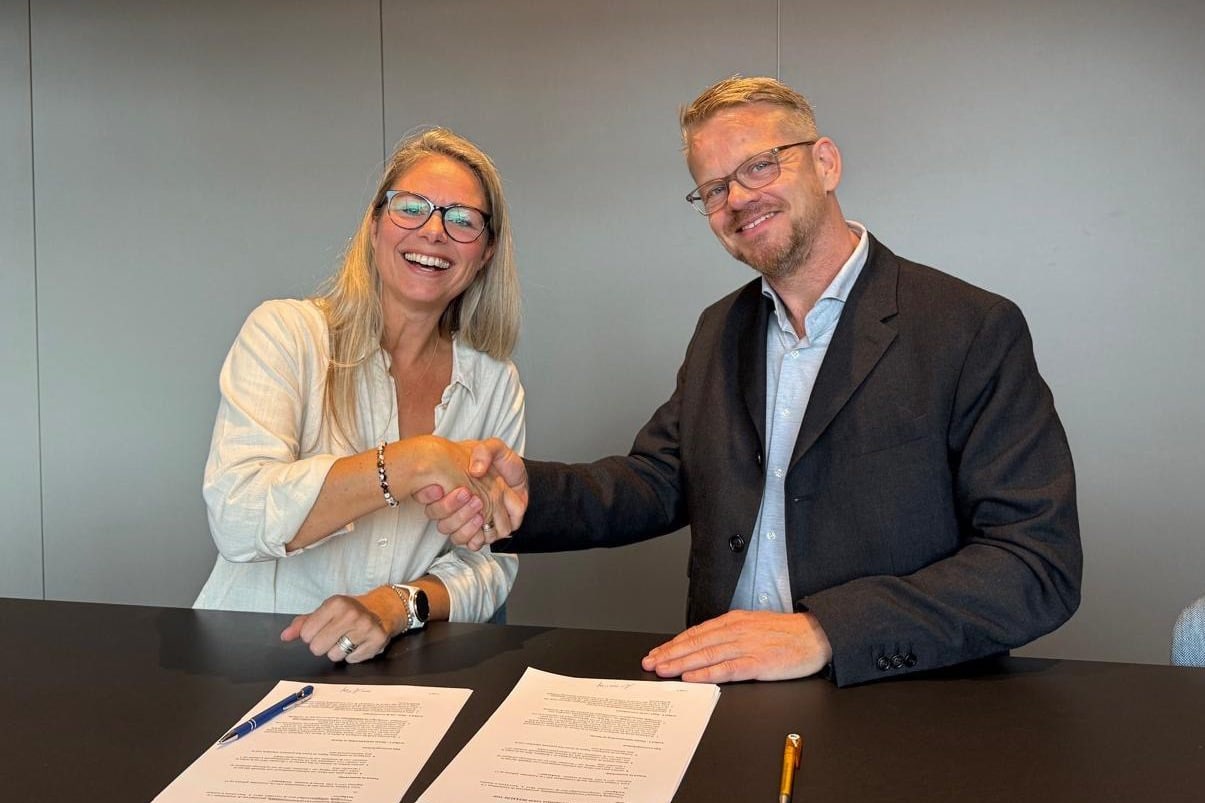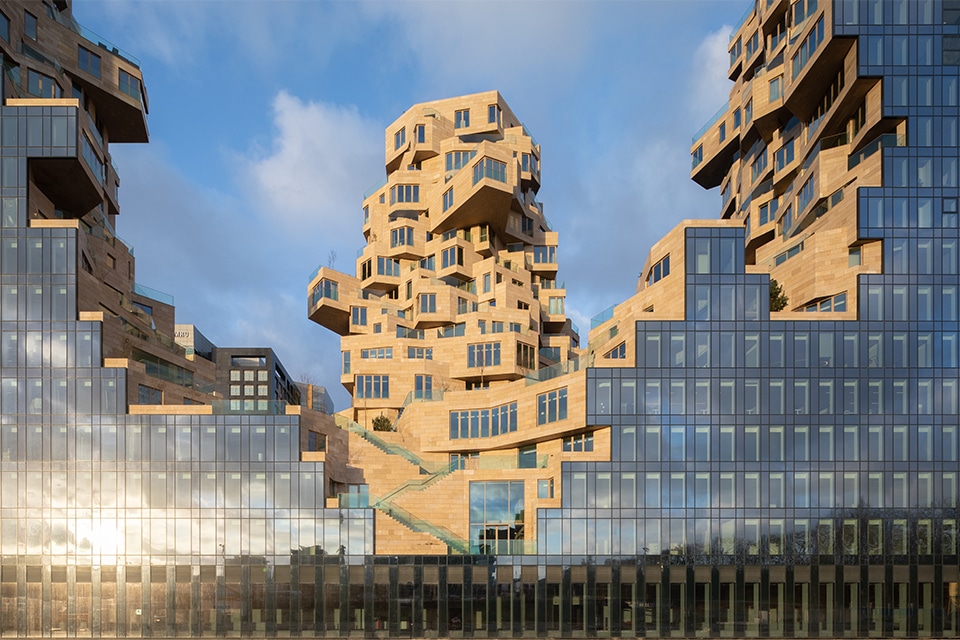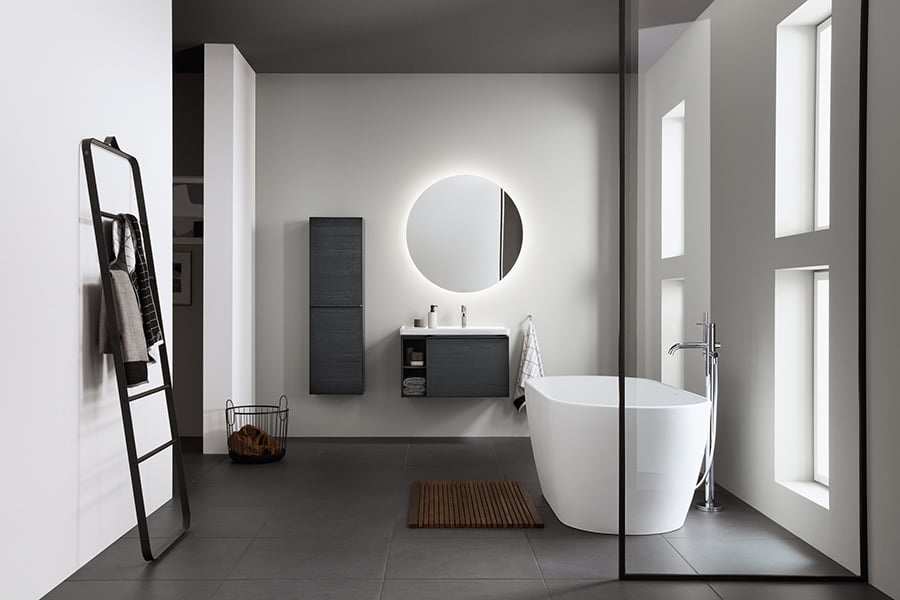
The office as a social and creative meeting place in the middle of the neighborhood
The ongoing pandemic has accelerated a shift in work habits around the world, bringing into focus the social, cultural and economic importance of workplacemaking: creating a workplace that is productive and enjoyable for everyone. A comfortable place that brings people together in shared environments so they can learn, innovate and grow together. In short, how do we enhance the economic and social functions of office buildings?
Hybrid work has a major impact on the city, resulting in different needs and conditions for the well-being of people and the economy. This is according to recent research by advies and engineering firm Arup among 2,000 employees in the United Kingdom. Paul Jansen, Property and City Advisor at Arup said, "The changes caused by the pandemic offer urban areas an opportunity to redefine functions, remain attractive to users and improve livability."

A quarter do not want to go back to traditional office
The purpose of the survey was to identify the changing nature and role of workplaces. Of those surveyed, 73% indicated that they worked from home at least three days a week during the lockdown. A whopping 91% of employees feel that working from home has personal benefits and 80% have come to value their home and local community more. In the future, 44% of employees want to work both in the office and at home. At the same time, over 24% said they do not want to work in a traditional workplace, such as an office (garden), in the future.
Workplace environment gains importance
Paul Jansen of Arup: "In order to make urban areas attractive in the future, it is important to look at the design of (office) buildings and cities and fill functions differently, in line with the transition to a sustainable built environment and sustainable mobility." The office space as a social and creative meeting place is central to this, with nearby facilities for greenery, sports and relaxation.
The neighborhood as a driver of business
Jansen: "There is a lot to be gained for companies in this. Our international research shows that only 1% of office workers appreciate the quality and character of the neighborhood in which the office is located a top three reason mentions to choose a company. And that while almost half of those people actually put the neighborhood in the top 2 when looking for a home. So there is a unique opportunity for business - as well as office workers - to go back to the drawing board and think about the added value of workplaces in the office environment of the future. The quality of the environment should play a key role in this."
Intensive cooperation
When developers, urban planners, municipalities and employers come together, places emerge that are productive and enjoyable for everyone. Jansen: "For many people, the office has always been a place where you walked in in the morning to sit in front of a computer all day, and then came out in the dark in the evening. Whereas so much more is possible when you involve the neighborhood in your business. That's the way to workplaces that boost the local economy and in which employees feel comfortable, happy and healthy.





